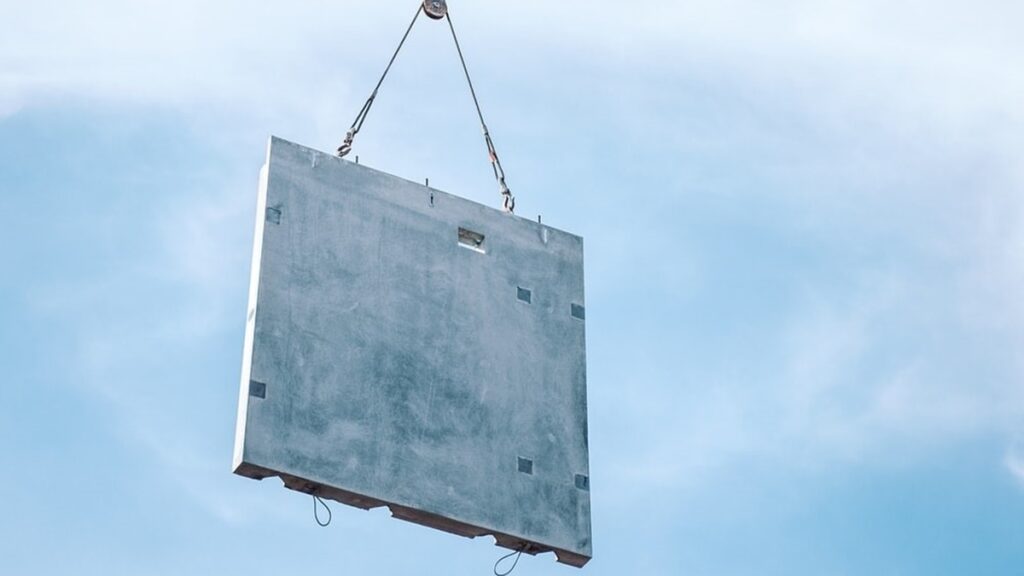Does the mere mention of anything rigging related make you nervous? Is it because of the many things that can go wrong? Knowledge of using the right equipment is only part of the equation. The first step in ensuring the job at hand gets done properly and safely, is to get your lifting equipment from a reputable supplier. The second step is to ensure that the equipment is used properly and accurately. So, let’s help you get it right.
Safety First When it Comes to Lifting and Rigging
Knowing how to use the equipment you work with is crucial to ensure that accidents don’t happen. Statistics show that 183 Australian workers were fatally injured in workplace accidents in 2019 and 144 in 2018. In most cases, accidents could have been prevented if the proper safety protocols had been followed.
There are a few safety protocols you can focus on to ensure the safety of your crew as well as everyone else on and around the job site. By following these tips, you’ll also ensure the safety of the equipment you’re using as well as the property itself.
Reputable Equipment Suppliers
It’s imperative to research the company supplying your lifting and rigging equipment beforehand. Make sure the equipment you get – like chain blocks, electric wire rope hoists, shackles and any other rigging equipment – is in an excellent condition. All stainless-steel products should be manufactured according to the appropriate Australian standards.
All lifting and rigging supplies should go through a rigorous testing and examination process. If you’re buying your equipment, ensure that regular service and maintenance takes place. This should be done in accordance with Australian Worksafe guidelines.
Train and Qualify Employees
When it comes to rigging safety, every employee on the job site should be aware of the protocols. They should understand the equipment, safety measures and rigging procedures. Employ professional riggers who know how to operate the equipment and anticipate potential problems. They should also be able to stop the equipment in the event of an emergency.
Conduct Proper Inspections
Before any job starts, all equipment that’s going to be used must be inspected—no matter how small the equipment or how quickly the job is expected to be. Record all technical issues and have any faulty machinery, slings or hoists serviced before commencing the job.
Picking up the Load
Notify all employees by using an alarm or hooter that a lifting task is about to start. This will ensure that there aren’t unnecessary employees walking around in the lifting zone. No one may be allowed to walk or work under a suspended load.
Workers who need to be a part of the lifting process need to keep safety equipment on at all times and should keep hands, fingers and feet away from any equipment. The rigger operator should ensure the load does not interfere with power lines or buildings.
Load Balance
One of the most crucial tips in rigging safety involves the balancing of the load. The upper suspension and the load hook should always form a straight line to ensure the load is balanced properly. It’s also crucial to make sure that the chain and the hoist body doesn’t come in contact with the actual load.
The rigging and crane operators should know how far the load can swing and be aware of the load capacity so the equipment is never outside those parameters.
Load Landing
When the hoist will no longer be supervised, it’s imperative to land the load safely. Never leave the load suspended when the machine is off. Before the work process begins, the loading area should be cleared and free of other materials. Ensure all workers know where the landing area is so that they can avoid it while the job is in progress.
Use a Spotter
Once again, no matter how big or small the job is, always ensure there is a designated spotter to assist with directing loads. This person will ensure the drop zone is properly cleared. They can also warn anyone entering the space where the lift is taking place.
Durable Slings
Ensure that all slings are strong, durable and quality tested. Make sure the slings are within the right weight capacity. Don’t attempt to lift weights heavier than the sling’s capacity. This rule applies to any other lifting and rigging equipment as well.
Correct Equipment
Analyse the job you need done and ensure that correct measurements and weights are calculated. The rigging equipment should be able to safely lift, move and lower the required load without strain on the ropes, chains, hoists, or hooks.
Store Safely
Once the job is completed, all equipment must be stored safely. Ensure it won’t be damaged or cause injury to workers on the site.
Conclusion
By simply adhering to a few simple rigging guidelines, you’ll ensure the safety of your workers as well as your equipment. Make your job site a safe working environment and you won’t have to dread the rigging process!

